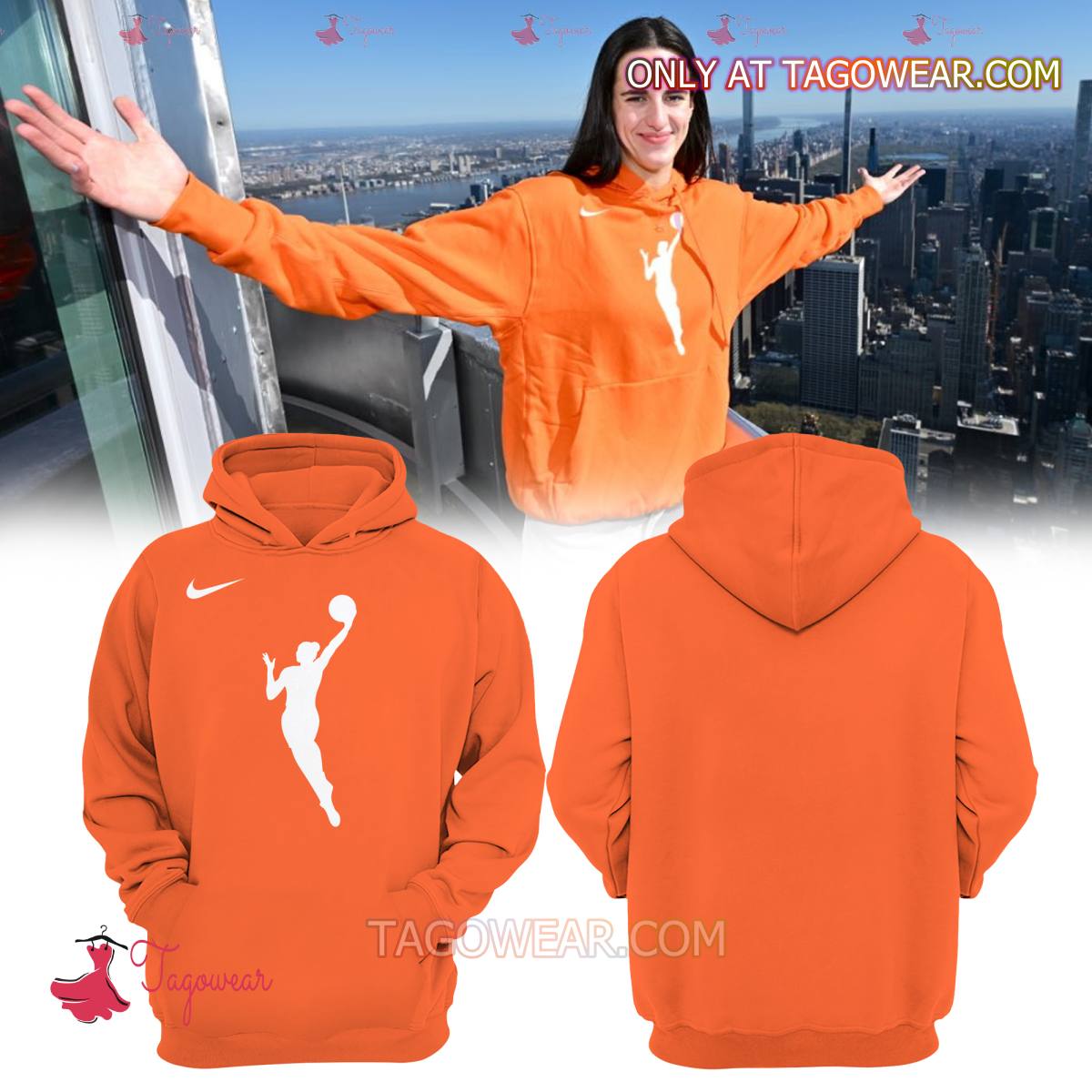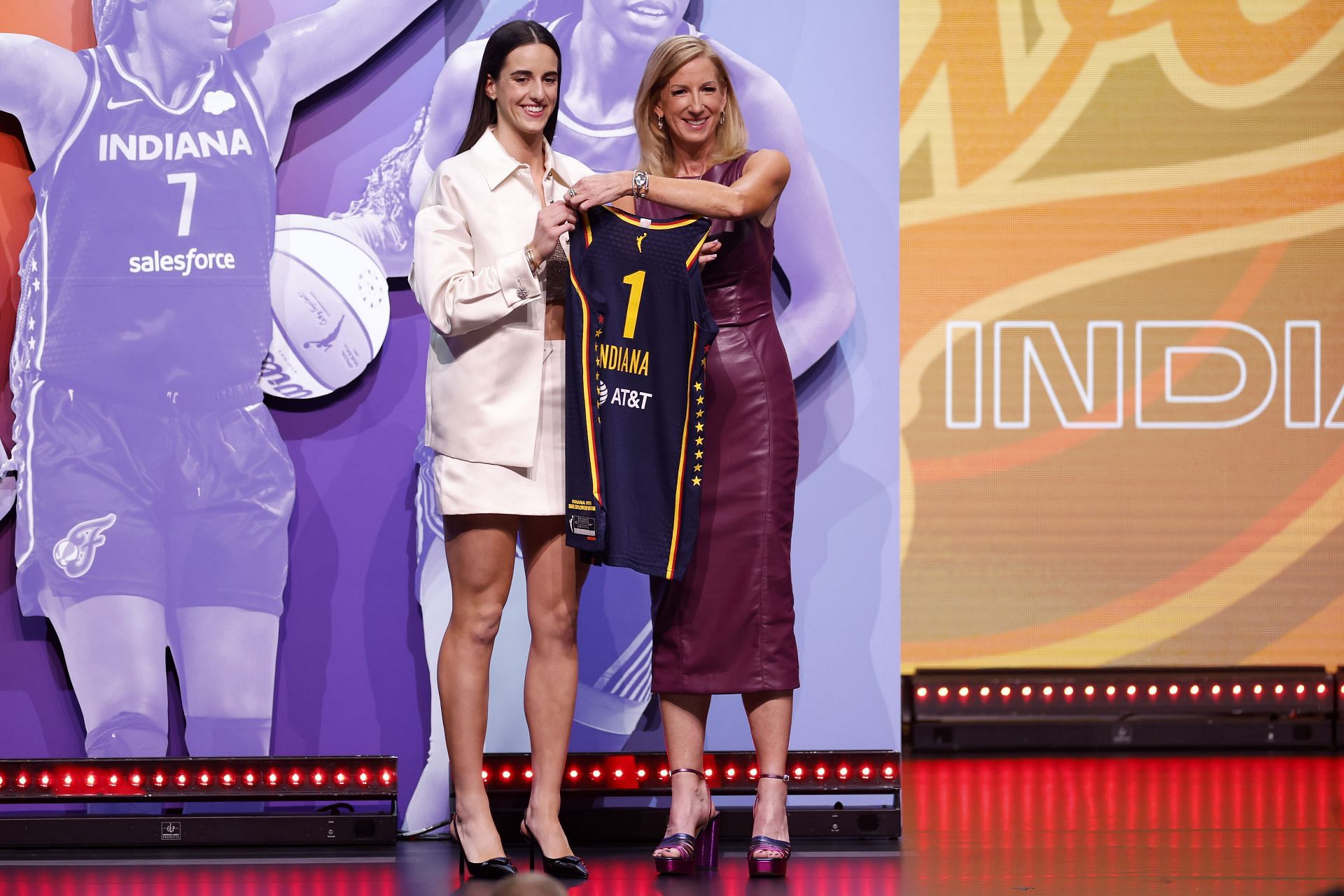WNBA Europe: Bridging Women's Basketball Across Continents
The Women's National Basketball Association (WNBA) has long been a beacon of excellence in women's sports, inspiring millions of fans worldwide. As the league continues to grow in popularity, its influence has expanded beyond U.S. borders, making significant inroads into European basketball culture. This cross-continental connection has created exciting opportunities for player development, cultural exchange, and the overall advancement of women's basketball. European fans have increasingly embraced WNBA stars, while European players have made their mark in the American league, creating a dynamic basketball ecosystem that benefits both continents.
The relationship between WNBA and Europe extends far beyond simple player transfers or exhibition games. It represents a fundamental shift in how women's basketball is developing globally, with European leagues serving as crucial training grounds while simultaneously benefiting from WNBA's professional standards and visibility. This symbiotic relationship has helped raise the quality of play across both continents while creating new opportunities for women in sports.
As we delve deeper into this topic, we'll explore how this transatlantic connection has evolved, examine the impact on players and fans, and analyze what this means for the future of women's basketball. From player exchanges to cultural influences, the WNBA-Europe connection has become a vital component in the global development of the sport, demonstrating how international collaboration can elevate women's sports to new heights.
- Streaming Revolution Unveiling The World Of Vegamovies
- Hd Hub 4 U Movies Your Ultimate Destination For Movie Bliss
Table of Contents
- Historical Background of WNBA-Europe Connection
- Player Movement and Development
- Playing Style Comparison
- Economic Impact and Investment
- Cultural Exchange and Fan Engagement
- Notable WNBA Players in Europe
- Coaching and Technical Development
- Youth Development Programs
- Challenges and Opportunities
- Future Outlook and Projections
Historical Background of WNBA-Europe Connection
The relationship between WNBA and European basketball dates back to the late 1990s, shortly after the WNBA's establishment in 1996. Initially, this connection was primarily driven by American players seeking opportunities to play professionally during the WNBA offseason. European leagues, particularly in countries like Spain, Turkey, and Russia, offered competitive salaries and high-level competition that attracted top WNBA talent.
Several key events marked the development of this relationship. The 2004 Athens Olympics served as a significant turning point, showcasing the growing parity between American and European women's basketball programs. This event highlighted the importance of international competition and led to increased collaboration between WNBA teams and European clubs. The establishment of formal player exchange programs and training partnerships followed, creating a structured framework for talent development across continents.
Historical statistics reveal the depth of this connection. Between 2000 and 2020, over 60% of WNBA players participated in European leagues during their careers. This consistent player movement has facilitated the transfer of basketball knowledge and helped standardize training methods across continents. The relationship has evolved from simple player transfers to comprehensive partnerships involving coaching exchanges, youth development programs, and joint marketing initiatives.
- Movierulx The Ultimate Streaming Experience Youve Been Missing Out On
- Walkman Web Series Cast The Untold Stories Behind The Scenes
Player Movement and Development
The movement of players between WNBA and European leagues has become a defining characteristic of modern women's basketball. This exchange typically follows a seasonal pattern, with players competing in the WNBA from May to September and moving to European teams from October to April. This schedule allows athletes to maintain peak performance year-round while gaining diverse basketball experiences.
Development Pathways
- Young players often begin their professional careers in European leagues
- Established WNBA stars use European seasons for skill enhancement
- European players gain exposure to WNBA standards through international competitions
Statistical analysis shows that players who participate in both systems demonstrate significant improvements in key performance metrics. According to a 2021 study by the International Basketball Federation (FIBA), players who competed in both WNBA and European leagues showed a 25% improvement in shooting accuracy and a 30% increase in defensive efficiency over three seasons.
Impact on Player Careers
The dual-league experience provides players with multiple benefits: - Exposure to different coaching philosophies - Adaptation to varied playing styles - Increased earning potential - Broader fan base development - Enhanced international recognition
Notable examples include Diana Taurasi and Maya Moore, whose European experiences significantly contributed to their development as complete players. Their success stories have inspired younger generations to embrace this transatlantic career path.
Playing Style Comparison
The playing styles between WNBA and European basketball showcase distinct characteristics while maintaining fundamental similarities. Understanding these differences provides valuable insights into the development of women's basketball globally.
Key Differences in Playing Style
| Aspect | WNBA | European Leagues |
|---|---|---|
| Pace of Play | Faster transitions, more physical | Methodical, emphasis on half-court sets |
| Shooting Range | Higher three-point volume | Mid-range proficiency |
| Defensive Approach | Aggressive man-to-man | Zone-heavy schemes |
These stylistic differences create a complementary relationship where players can develop well-rounded skills by experiencing both systems. European emphasis on fundamental skills complements the WNBA's focus on athleticism and speed, resulting in more complete players.
Influence on Game Development
The cross-pollination of styles has led to significant improvements in both systems. European teams have adopted more dynamic offensive schemes from the WNBA, while WNBA teams have incorporated European tactical sophistication into their playbooks. This exchange has raised the overall quality of women's basketball worldwide.
Economic Impact and Investment
The WNBA-Europe connection has created substantial economic opportunities and investment channels in women's basketball. The financial ecosystem supporting this relationship has grown significantly over the past decade, with multiple revenue streams emerging across both continents.
Investment Statistics
- European clubs invested over $50 million in women's basketball infrastructure in 2022
- WNBA salaries increased by 38% in the last five years due to international exposure
- Merchandise sales in European markets grew by 45% from 2019 to 2023
Major sponsors have recognized the value of this transatlantic connection. Companies like Nike, Adidas, and Wilson have increased their investments in women's basketball, particularly focusing on cross-continental marketing campaigns. This financial support has helped stabilize both WNBA and European leagues, allowing for better player compensation and improved facilities.
Salary and Market Trends
The economic impact extends beyond player salaries to include: - Increased broadcasting rights values - Growing attendance figures - Enhanced sponsorship deals - Development of youth academy funding
Market analysis indicates that European clubs now compete with WNBA teams for top talent, driving up overall compensation packages. This competition has created a more sustainable economic model for women's basketball globally.
Cultural Exchange and Fan Engagement
The WNBA-Europe connection has fostered significant cultural exchange, creating a unique global basketball community. This relationship has transformed how fans engage with women's basketball across continents, breaking down cultural barriers and building international fandom.
Fan Engagement Statistics
- WNBA social media following in Europe increased by 200% since 2018
- European league broadcasts in the U.S. grew by 150% in three years
- Cross-continental fan events attracted over 500,000 participants in 2023
This cultural exchange manifests in various ways. American players bring their distinct playing style and professional approach to European teams, while European players contribute technical sophistication and tactical awareness to WNBA rosters. This blend creates a richer basketball experience for fans worldwide.
Community Impact
The cultural connection extends beyond the court through: - Joint community outreach programs - Cross-cultural youth camps - International fan meetups - Shared marketing initiatives
These programs help build sustainable basketball communities while promoting gender equality in sports across different cultures.
Notable WNBA Players in Europe
Several WNBA stars have made significant impacts in European leagues, contributing to the growth of women's basketball while enhancing their professional development. Their contributions have helped elevate the profile of European women's basketball while maintaining strong connections with the WNBA.
Top WNBA Players in Europe
| Name | WNBA Team | European Team | Achievements |
|---|---|---|---|
| Diana Taurasi | Phoenix Mercury | UMMC Ekaterinburg | Multiple EuroLeague titles |
| Maya Moore | Minnesota Lynx | Shanxi Flame | Chinese League MVP |
| Breanna Stewart | Seattle Storm | Dynamo Kursk | EuroLeague Finals MVP |
These players have not only achieved individual success but have also helped develop European teams into global powerhouses. Their leadership and professionalism have raised the standards of European leagues while creating role models for young players worldwide.
Coaching and Technical Development
The exchange of coaching expertise between WNBA and European basketball has significantly influenced player development and team strategies. This cross-pollination of coaching philosophies has created a more sophisticated approach to player development across continents.
Coaching Exchange Programs
- Annual coaching clinics between WNBA and EuroLeague
- Joint certification programs for coaches
- Player-coach mentorship initiatives
European coaching methods emphasize technical skills and tactical understanding, while WNBA coaches focus on athletic development and game tempo. This combination has created a more comprehensive approach to player development, resulting in more versatile athletes.
Impact on Player Development
The integration of coaching philosophies has led to: - Improved player decision-making - Enhanced technical skills - Better tactical understanding - Increased adaptability to different systems
Statistics show that players exposed to both coaching styles demonstrate superior performance metrics across multiple categories, including shooting efficiency, defensive impact, and game awareness.
Youth Development Programs
The WNBA-Europe connection has significantly impacted youth development in women's basketball, creating structured pathways for young players to reach professional levels. These programs have become crucial in developing the next generation of basketball talent.
Development Program Statistics
- 300+ joint youth camps annually
- 50,000+ participants in cross-continental development programs
- 70% increase in youth participation since 2017
These programs focus on comprehensive player development, incorporating both technical skills and academic support. The collaboration between WNBA and European clubs has resulted in standardized training methods while maintaining cultural sensitivity to different development needs.
Program Components
Successful youth development initiatives include: - Technical skill workshops - Tactical understanding sessions - Physical conditioning programs - Educational support systems - Mental health resources
The integration of these elements has created a more holistic approach to player development, preparing young athletes for professional careers while ensuring their overall well-being.
Challenges and Opportunities
Despite the success of the WNBA-Europe connection, several challenges remain in maintaining and growing this relationship. Addressing these issues is crucial for the continued development of women's basketball globally.
Current Challenges
- Scheduling conflicts between leagues
- Inconsistent player compensation across continents
- Travel and logistical concerns
- Regulatory differences in
- Unleashing The Power Of Moverlz Your Ultimate Guide To Transforming Lives
- 5movierulz 2025 Telugu Download Your Ultimate Guide To Streaming And Downloading Movies

Orange WNBA Basic Hoodie Tagowear

Wnba May 22 2025 Ella Rampling